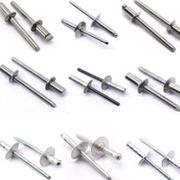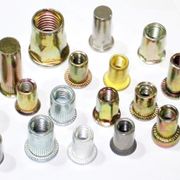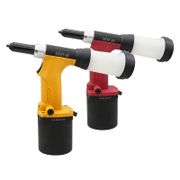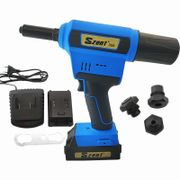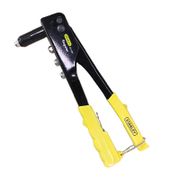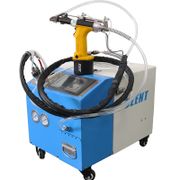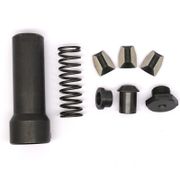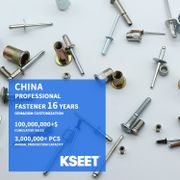1. Type of Riveting Task
- Heavy - Duty Applications: For large - scale projects like shipbuilding or large - scale metal fabrication where a significant number of rivets must be installed rapidly, pneumatic riveting tools are an excellent choice. Their high - speed operation and powerful pulling force can efficiently handle these demanding tasks. For example, in a shipyard, pneumatic tools can quickly secure large metal plates together, saving both time and labor.
- Delicate Work: In industries such as electronics, where precise rivet setting is crucial to avoid damaging sensitive components, electric riveting tools are preferred. Their ability to offer variable speed settings allows for accurate control over the riveting process. A technician assembling a circuit board might use an electric riveting tool to ensure that the rivets are set just right without causing any harm to the delicate electronic parts.
- High - Volume Production: In automotive manufacturing or appliance assembly lines, where speed, accuracy, and repeatability are of utmost importance, fully automatic riveting tools are the way to go. These tools, equipped with advanced sensors and programmable logic controllers, can perform complex riveting tasks with minimal human intervention, significantly increasing production efficiency.
2. Rivet Material and Size
- Material: Different rivet materials, such as aluminum, steel, or stainless steel, require tools with specific capabilities. For softer materials like aluminum, tools with lower pulling forces may be sufficient. However, for harder materials like stainless steel, more powerful tools are needed to ensure proper rivet installation.
- Size: The size of the rivets also matters. Larger rivets will require tools with greater pulling strength, while smaller rivets can be installed using more delicate tools. For instance, a large - diameter steel rivet used in construction would need a pneumatic tool with high pulling force, while a tiny aluminum rivet for a jewelry piece could be set with a small - sized electric tool.
3. Budget and Cost - Effectiveness
- Initial Investment: Pneumatic tools are generally more cost - effective for high - volume, heavy - duty work as they are relatively inexpensive to purchase. Electric tools, especially those with advanced features for precision work, may have a higher upfront cost. Fully automatic tools, due to their advanced technology and high - end components, are the most expensive initially.
- Long - Term Costs: Consider not only the purchase price but also the long - term costs such as maintenance, energy consumption, and replacement parts. Pneumatic tools may require regular maintenance of air compressors, while electric tools may need occasional replacement of batteries or motor parts. Fully automatic tools, although highly efficient, may have higher maintenance costs due to their complex technology.
4. Ergonomics and Operator Comfort
- Tool Weight and Design: The weight and design of the riveting tool can greatly impact operator comfort, especially during long - term use. A lightweight electric tool may be more comfortable for an operator who needs to hold it for extended periods, such as in a small - scale electronics workshop. On the other hand, a well - designed pneumatic tool with proper handles and grips can also reduce operator fatigue during heavy - duty tasks.
- Noise and Vibration: Tools that produce excessive noise and vibration can be uncomfortable and may even cause health issues over time. Electric tools tend to produce less noise compared to pneumatic tools. When choosing a tool, look for models with noise - reducing and vibration - dampening features, especially if the work environment is sensitive to noise or if the operator will be using the tool for long hours.
By carefully evaluating these factors, you can make an informed decision and choose the riveting tools that best suit your specific needs, ensuring efficient and reliable fastening in your projects.
